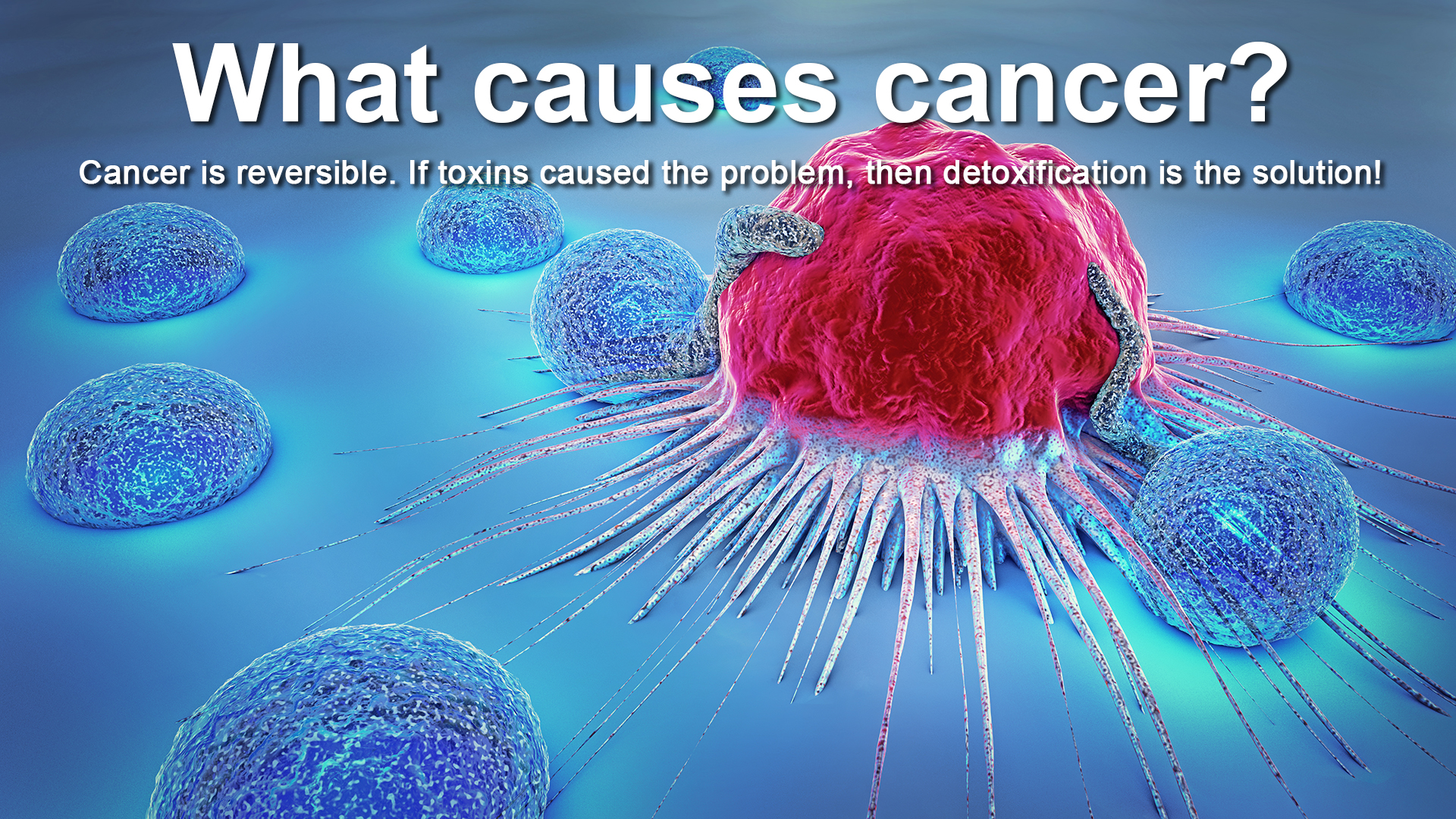The Effects of Hormones in Dairy Milk on Cancer
The Effects of Hormones in Dairy Milk on Cancer Natural estrogens are up to 100,000 times more potent than the synthetics that have estrogen mimicking properties. Where are these potent natural estrogens? You can...



